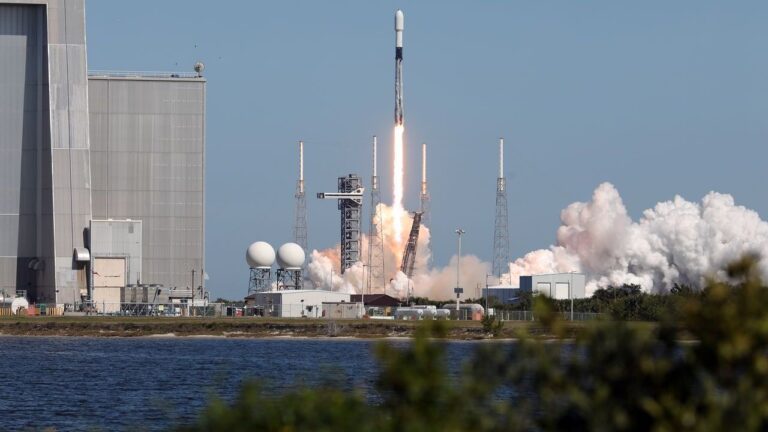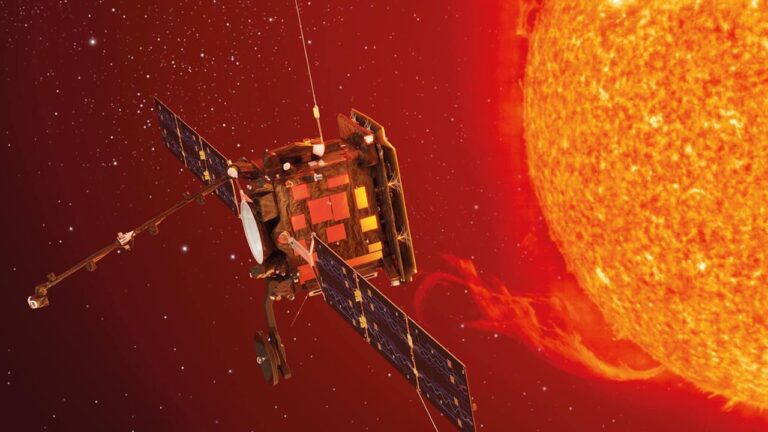
The Space Development Agency (SDA) is urging prime contractors to seek multiple suppliers for key satellite components due to concerns over potential supply chain shortfalls. These shortages could hinder the agency’s ambitious plans to deploy a new, expansive satellite architecture in low-Earth orbit (LEO).
Addressing Supply Chain Bottlenecks
Colonel Alexander Rasmussen, chief of SDA’s Tracking Layer program, emphasized the need for “diversifying the supplier base” following issues with contractors overly dependent on single sources for critical subsystems. SDA, operating under the U.S. Space Force, plans to invest around $4 billion annually to develop a large constellation of small satellites. These satellites, sourced from various vendors, are required to be interoperable via optical links.
However, this approach has led to supply chain challenges, delaying the deployment of SDA’s first satellite batch, Tranche 0. Limited manufacturing capacity among suppliers has raised concerns about scaling up production.
Early Activation of Supply Chains
In an interview with C4ISRNET on June 5, Rasmussen highlighted lessons learned from Tranche 0, stressing the importance of energizing supply chains early. He indicated that prime contractors must adopt a proactive approach, initiating orders for parts and components well ahead of milestones.
“We need mature designs at kickoff and must order long-lead items early to ensure supply chain diversity,” Rasmussen said. During Tranche 0, dependencies on single vendors for items like encryption systems and propulsion units caused significant delays.
Welcoming New Suppliers
SDA is actively seeking new suppliers and sub-tier suppliers, with a preference for U.S.-based companies. This effort is part of a broader strategy to mitigate supply chain vulnerabilities and ensure the timely deployment of future satellite batches. Tranche 1 deliveries, scheduled for later this year and early 2025, will be a critical test of SDA’s ability to execute its proliferated LEO strategy.
Industry Skepticism
An industry insider expressed skepticism about SDA’s ability to quickly diversify its supplier base. The source, speaking anonymously, noted that the industry has not yet fully responded to the increased demand for satellites. Structural issues and a reliance on major prime contractors over mid-tier companies contribute to this problem, potentially distorting demand signals.
The source also highlighted restrictions on using foreign suppliers for U.S. national security systems and the aerospace industry’s risk-averse culture as additional challenges. To expand the supplier base, the insider suggested SDA fund more demonstration projects to help vendors mature critical technologies.
New Prototyping Initiatives
In response, SDA announced the “Hybrid Acquisition for Proliferated LEO” (HALO) program, a new prototyping initiative aimed at broadening the agency’s industrial base. This program offers non-traditional companies opportunities to work on demonstration projects, potentially accelerating their entry into the satellite supply chain.
By diversifying its supplier network and encouraging innovation through programs like HALO, SDA aims to overcome supply chain challenges and maintain its ambitious satellite deployment schedule.






